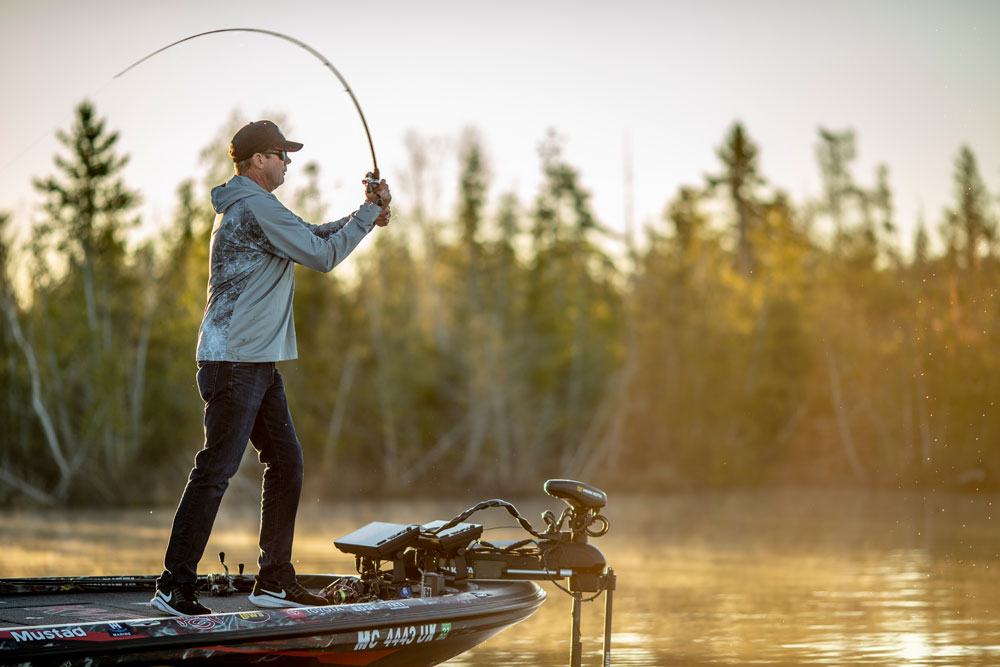provided by John Phillips
Mossy Oak Fishing Pro Kevin VanDam of Kalamazoo, Michigan, is one of only two professional fishermen to win four Bassmaster Classics. He’s also won three Major League Fishing Cups and is one of the fastest anglers finding and catching bass in every tournament he attends. He’s a very detailed angler and a keen observer of everything around him when he’s on the water. Sights and signals that most bass fishermen completely overlook are some of the keys to VanDam’s success. To learn more about VanDam, visit his web page and his Facebook page.
What types of lures are your four, favorite search baits?

I love crankbaits because I can run water depths from shallow to deep, since certain crankbaits are designed to fish in specific depths of water. If I see the bass holding in 10 feet of water, then I can use a crankbait that runs in that 10-foot depth. If I determine the bass are holding in 3 feet of water, I can use a crankbait designed to fish that depth. If I locate bass holding in 20 or 30 feet of water with my Humminbird depth finder, I can use a deep-diving crankbait to present to the bass.
In clear water, jerkbaits, a top-water lure and a spinner bait are very efficient to draw bass out of deep water.
I think the key to search baits is to choose a search lure that makes a horizontal presentation to the bass. If there’s a lot of thick cover, then I can use a jig and make numerous vertical presentations into thick cover. I want to choose a lure that’s efficient for the depth zone and the type of cover I’ll be fishing. If I’m fishing a large flat of milfoil, fishing a lipless crankbait like the Strike King Red Eyed Shad won’t be very efficient. Instead, I may choose a frog to fish over the top of the milfoil quickly to try and get a bite. I may select a buzzing frog or a hollow-bodied frog, depending on the type of grass, and how thick the grass is. Remember, my primary goal is to look at the habitat, choose the lure that will let me fish that habitat quickly and have bass react to that lure.



























